Home>Home Appliances>Laundry Appliances>How To Move A Washing Machine Upstairs


Laundry Appliances
How To Move A Washing Machine Upstairs
Modified: October 20, 2024
Learn the best techniques for moving a washing machine upstairs with ease. Get expert tips and advice for safely relocating laundry appliances.
(Many of the links in this article redirect to a specific reviewed product. Your purchase of these products through affiliate links helps to generate commission for Storables.com, at no extra cost. Learn more)
Preparing for the Move
Moving a washing machine upstairs can be a daunting task, but with careful planning and preparation, it can be accomplished safely and efficiently. Before attempting to move the washing machine, it's essential to take the time to prepare for the task ahead. Here's a detailed guide on how to prepare for moving a washing machine upstairs:
-
Assess the Pathway: Start by assessing the pathway from the current location of the washing machine to its new placement upstairs. Measure the dimensions of doorways, hallways, and staircases to ensure that the washing machine can fit through without any obstructions. Clear any obstacles, such as furniture or rugs, that may impede the movement of the appliance.
-
Secure Assistance: Moving a washing machine upstairs is not a one-person job. Enlist the help of at least one or two strong individuals to assist with the lifting and maneuvering of the appliance. Clear communication and coordination among the team members are crucial to ensure a smooth and safe moving process.
-
Turn Off Utilities: Before disconnecting the washing machine, turn off the water supply and unplug the appliance from the electrical outlet. It's important to prevent any potential water leaks or electrical hazards during the moving process.
-
Empty the Washing Machine: Remove any remaining water from the washing machine's drum and drain hoses. Additionally, take out any loose items, such as detergent containers or laundry supplies, from the appliance to reduce its weight and prevent shifting during the move.
-
Protect the Surrounding Area: To safeguard the floors and walls along the pathway, consider using protective materials such as moving blankets, cardboard, or plastic sheeting. This will help prevent scratches, dents, or other damage to the surfaces as the washing machine is being transported.
-
Gather Necessary Tools: Prepare the tools and equipment needed for the disconnection and reinstallation of the washing machine, including adjustable wrenches, pliers, and moving straps. Having these tools readily available will streamline the process and minimize delays.
By thoroughly preparing for the move, you can mitigate potential risks and ensure a smoother transition of the washing machine to its new location upstairs. Taking the time to assess the pathway, secure assistance, and gather the necessary tools and materials will set the stage for a successful and safe moving experience.
Key Takeaways:
- Prepare for moving a washing machine upstairs by assessing the pathway, securing assistance, turning off utilities, emptying the machine, protecting the area, and gathering necessary tools to ensure a smooth and safe transition.
- Equip yourself with adjustable wrenches, moving straps, protective materials, an appliance dolly, measuring tape, and protective gloves to facilitate a successful and safe move of the washing machine upstairs.
Read more: How To Move Couch Upstairs
Gathering the Necessary Equipment
When preparing to move a washing machine upstairs, gathering the necessary equipment is a critical step in ensuring a smooth and efficient process. Having the right tools and materials on hand can significantly simplify the task and minimize the risk of potential complications. Here's a detailed overview of the essential equipment needed for moving a washing machine upstairs:
-
Adjustable Wrenches and Pliers: These tools are indispensable for disconnecting the water supply hoses and the electrical power cord from the washing machine. Adjustable wrenches allow for a secure grip on the hose fittings, facilitating their removal without causing damage. Pliers are useful for loosening and tightening hose clamps and electrical connectors, ensuring a secure and leak-free reinstallation.
-
Moving Straps: Utilizing moving straps or lifting harnesses can greatly aid in lifting and maneuvering the washing machine, distributing the weight evenly and reducing the strain on the movers' bodies. These straps provide leverage and support, allowing for better control and stability during the transportation of the appliance.
-
Protective Materials: It's essential to gather protective materials such as moving blankets, cardboard, or plastic sheeting to safeguard the washing machine and the surrounding surfaces during the move. These materials help prevent scratches, dents, and other damage to the appliance and the walls, floors, and doorways along the pathway.
-
Appliance Dolly or Hand Truck: An appliance dolly or hand truck with straps can make the transportation of the washing machine much more manageable. These specialized moving tools provide stability and mobility, allowing the appliance to be easily maneuvered up staircases and through narrow spaces.
-
Measuring Tape: Accurately measuring doorways, hallways, and staircases is crucial to ensure that the washing machine can fit through without encountering any obstructions. A measuring tape enables the movers to assess the clearance and plan the best approach for navigating the appliance through tight spaces.
-
Protective Gloves: Sturdy, non-slip gloves offer protection for the movers' hands and improve their grip when lifting and maneuvering the washing machine. This is especially important when navigating the appliance up staircases, where a secure grip is essential for safety and control.
By gathering these essential tools and materials, you can equip yourself with the necessary resources to facilitate a successful and safe move of the washing machine upstairs. These items not only streamline the moving process but also contribute to the protection of the appliance and the surrounding environment, ensuring a smooth transition to its new location.
Securing the Pathway
Before embarking on the task of moving a washing machine upstairs, it is crucial to secure the pathway to ensure a smooth and obstacle-free journey for the appliance. This involves assessing the physical space, clearing potential obstructions, and taking measures to protect the surrounding environment. Here's a detailed breakdown of the steps involved in securing the pathway for the safe transportation of the washing machine:
-
Assessing Clearance: Begin by carefully measuring the dimensions of doorways, hallways, and staircases along the pathway. This step is essential to determine whether the washing machine can pass through these spaces without encountering any physical constraints. Accurate measurements enable the movers to plan the best approach for navigating the appliance through potentially tight areas.
-
Clearing Obstacles: Identify and remove any obstacles that may impede the movement of the washing machine. This includes relocating furniture, rugs, or other items that could obstruct the pathway or pose a tripping hazard during the move. Clearing the pathway of potential obstructions minimizes the risk of accidents and facilitates a smoother transition for the appliance.
-
Protective Coverings: To safeguard the floors, walls, and doorways along the pathway, consider using protective coverings such as moving blankets, cardboard, or plastic sheeting. These materials serve as a protective barrier, preventing scratches, dents, or other damage to the surfaces as the washing machine is being transported. Additionally, they help maintain the integrity of the surrounding environment throughout the moving process.
-
Securing Handrails and Banisters: If the pathway includes staircases, ensure that handrails and banisters are secure and stable. This is particularly important when navigating the washing machine upstairs, as these support structures provide stability and safety for the movers. Checking and reinforcing handrails can prevent accidents and ensure a secure grip while maneuvering the appliance.
-
Lighting and Visibility: Adequate lighting along the pathway is essential for maintaining visibility and ensuring a safe and controlled movement of the washing machine. Verify that the area is well-lit, especially if the move is taking place in low-light conditions or during the evening. Good visibility reduces the risk of accidents and allows for better coordination among the movers.
By meticulously securing the pathway, including assessing clearance, clearing obstacles, utilizing protective coverings, ensuring stable handrails, and maintaining proper lighting, you can create an environment conducive to the safe and efficient transportation of the washing machine upstairs. These measures not only mitigate potential risks but also contribute to a seamless and successful move of the appliance to its new location.
Lifting and Moving the Washing Machine
Moving a washing machine upstairs requires a strategic approach to lifting and maneuvering the appliance safely and efficiently. This crucial phase of the process demands careful coordination, proper lifting techniques, and the use of specialized equipment to minimize the risk of injury and damage. Here's a comprehensive guide on lifting and moving the washing machine upstairs:
1. Utilize Proper Lifting Techniques
When lifting the washing machine, it's essential to prioritize safety and ergonomics. Encourage the movers to bend their knees, not their waist, when lifting the appliance. This technique helps distribute the weight evenly and reduces the strain on the lower back. Additionally, maintaining a straight back and using the strength of the legs and core muscles can prevent potential injuries during the lifting process.
Read more: How To Move An Upright Piano Upstairs
2. Employ Moving Straps or Lifting Harnesses
Utilizing moving straps or lifting harnesses can significantly aid in the safe transportation of the washing machine. These specialized tools provide leverage and support, allowing the weight of the appliance to be distributed across the movers' bodies. By using moving straps, the load is stabilized, and the risk of strain or imbalance is minimized, facilitating a smoother and safer movement of the washing machine.
3. Coordinate Movements and Communication
Clear communication and coordinated movements among the team members are crucial during the lifting and moving process. Establishing a designated leader to direct the lifting and maneuvering of the appliance can help ensure a synchronized effort. Effective communication, such as using verbal cues or hand signals, can enhance coordination and prevent accidents or mishaps during the transportation of the washing machine.
4. Navigate Staircases with Caution
When navigating the washing machine upstairs, extra caution is required, especially when encountering staircases. Ensure that the appliance is lifted and maneuvered one step at a time, maintaining a steady and controlled pace. The use of an appliance dolly or hand truck with straps can provide stability and support, allowing for a more manageable ascent. Additionally, verify that the pathway is clear of any potential tripping hazards or obstructions to prevent accidents during the movement.
5. Secure the Appliance in Transit
Once the washing machine reaches the top of the staircase, ensure that it is carefully maneuvered through doorways and hallways with precision. Utilize protective materials such as moving blankets or cardboard to shield the appliance from scratches or dents. Secure the washing machine in an upright position to prevent shifting or tipping during the final stages of the movement.
By employing proper lifting techniques, utilizing moving straps, coordinating movements, navigating staircases with caution, and securing the appliance in transit, the process of lifting and moving the washing machine upstairs can be executed with precision and safety. These measures not only minimize the risk of injury and damage but also contribute to a successful and seamless transition of the appliance to its new location.
Read more: How To Move Washer
Installing the Washing Machine in the New Location
Installing the washing machine in its new location is the final crucial step in the process of moving it upstairs. This phase requires attention to detail and precision to ensure that the appliance is properly connected, leveled, and secured in its new environment. Here's a comprehensive guide on how to install the washing machine in the new location:
-
Positioning the Washing Machine: Carefully maneuver the washing machine into its designated space, ensuring that it is positioned in close proximity to the water supply and electrical outlets. Take into account the necessary clearance for ventilation and access to the back of the appliance for maintenance purposes.
-
Leveling the Appliance: Once the washing machine is in place, use a spirit level to ensure that it is level from side to side and front to back. Adjust the leveling feet as needed to stabilize the appliance and prevent any excessive vibration or movement during operation.
-
Connecting Water Supply Hoses: Attach the hot and cold water supply hoses to the corresponding inlet valves on the back of the washing machine. Use adjustable wrenches to secure the connections, ensuring that they are tight to prevent any leaks.
-
Securing the Drain Hose: Position the washing machine's drain hose into the designated drain standpipe or utility sink. Ensure that the hose is securely fastened to prevent it from dislodging during the draining process.
-
Plugging in the Power Cord: Carefully plug the washing machine's power cord into the electrical outlet, ensuring that the connection is secure. Avoid using extension cords or adapters, and verify that the outlet is grounded for safety.
-
Testing the Operation: Once the washing machine is connected to the water supply and power source, perform a test run to ensure that it fills, drains, and spins properly. Check for any signs of leaks or unusual noises during the operation.
-
Securing the Appliance: To prevent the washing machine from shifting during use, adjust the leveling feet as necessary to ensure stability. Additionally, consider using vibration-dampening pads or mats to minimize noise and movement during the appliance's operation.
By following these detailed steps for installing the washing machine in its new location, you can ensure that the appliance is properly positioned, connected, and secured for optimal performance. Taking the time to meticulously complete the installation process contributes to a successful transition and allows for the seamless resumption of laundry activities in the new location.
Frequently Asked Questions about How To Move A Washing Machine Upstairs
Was this page helpful?
At Storables.com, we guarantee accurate and reliable information. Our content, validated by Expert Board Contributors, is crafted following stringent Editorial Policies. We're committed to providing you with well-researched, expert-backed insights for all your informational needs.
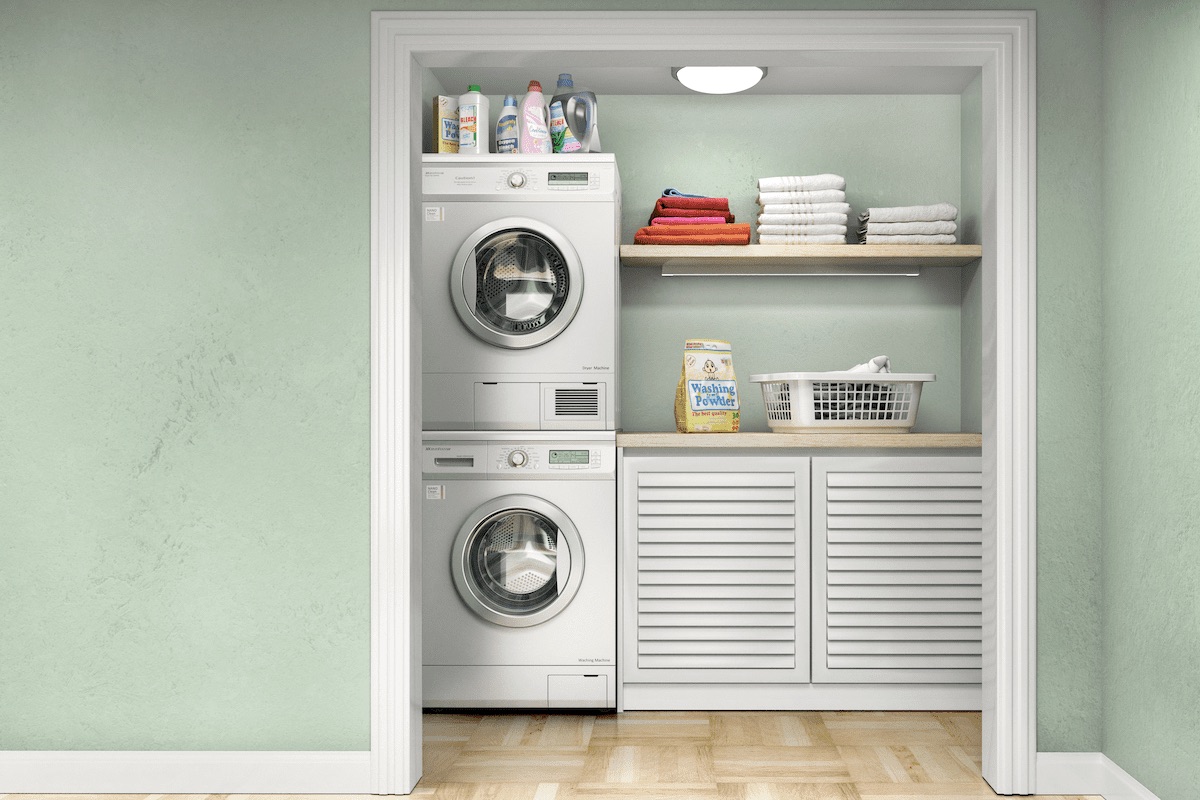
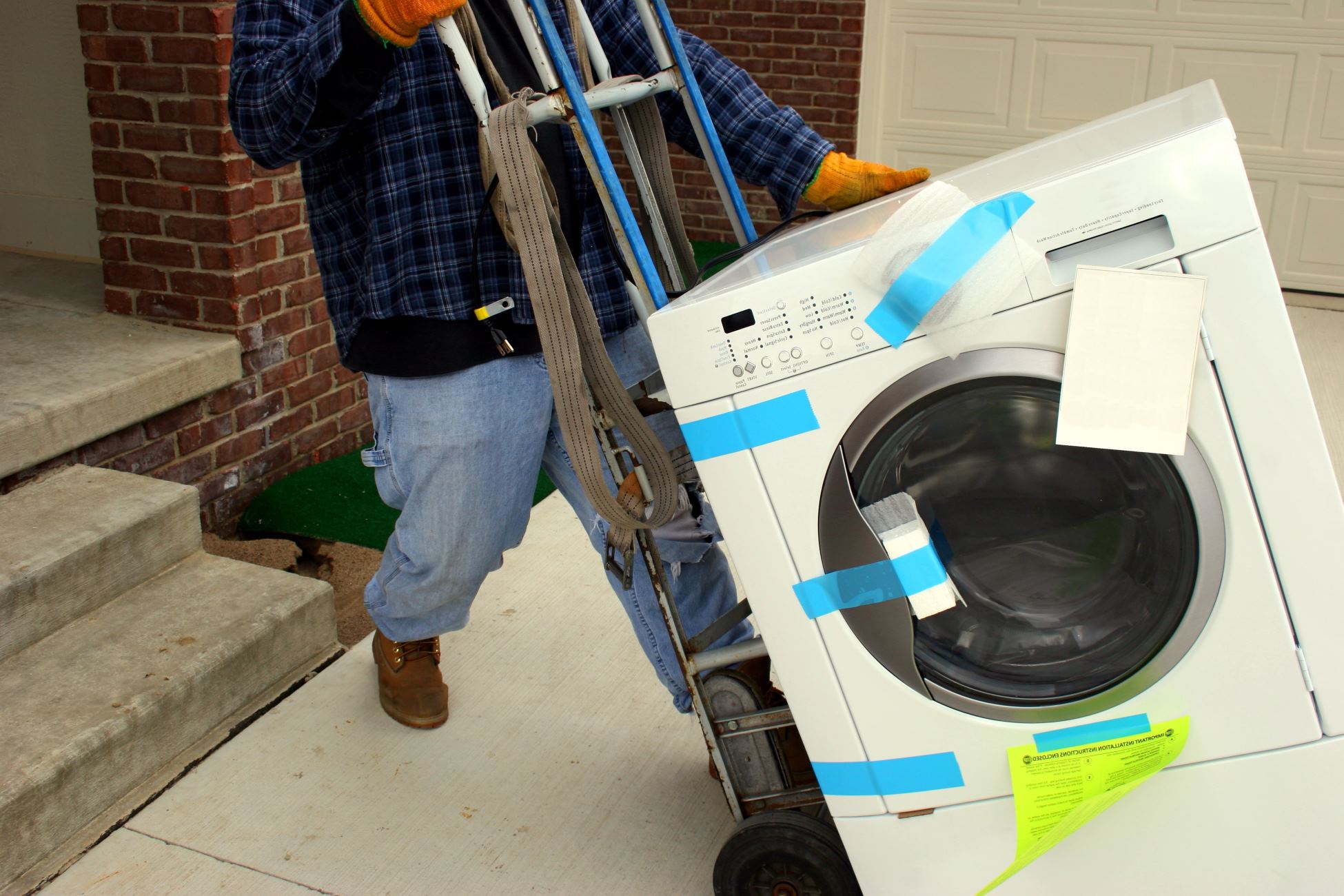
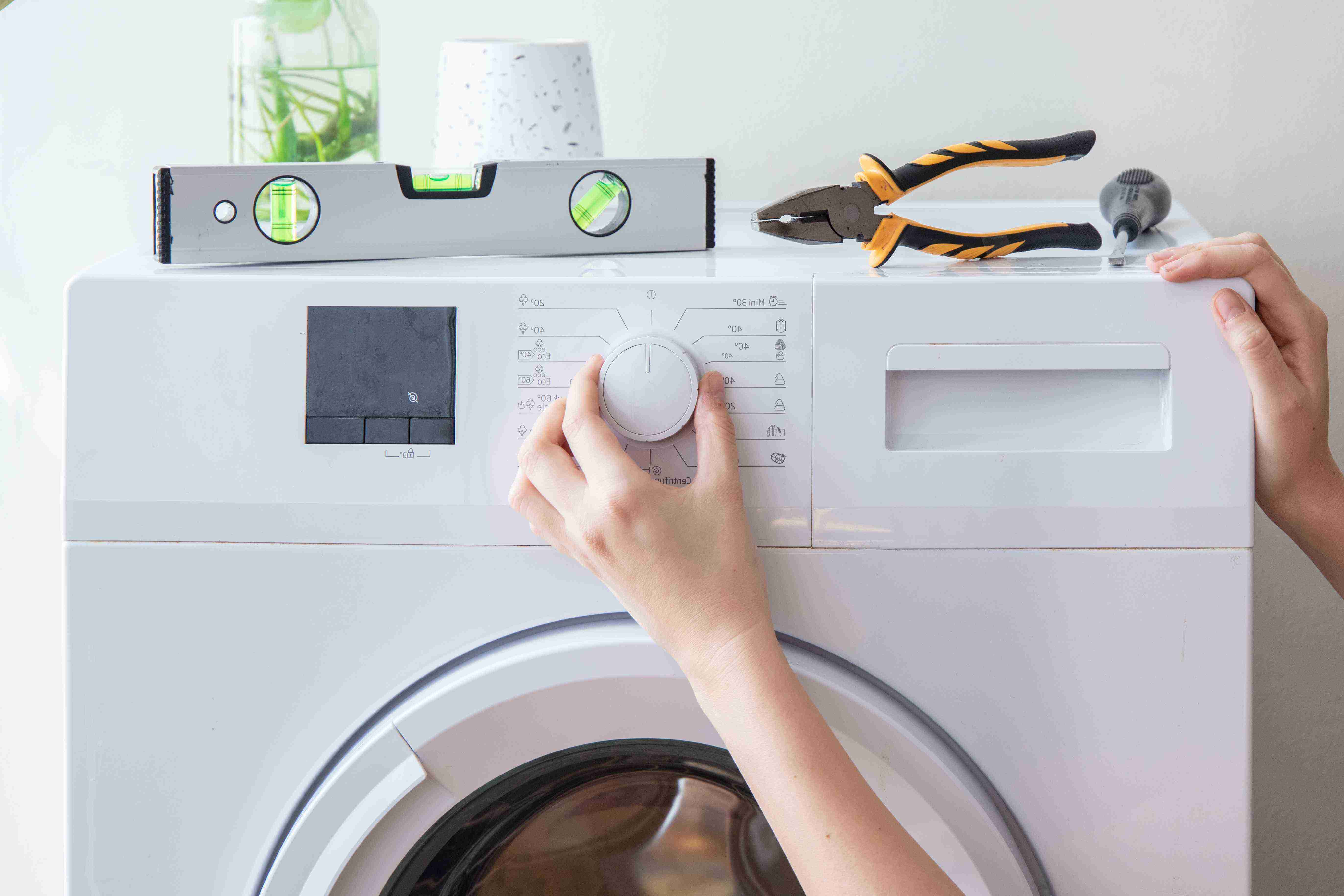
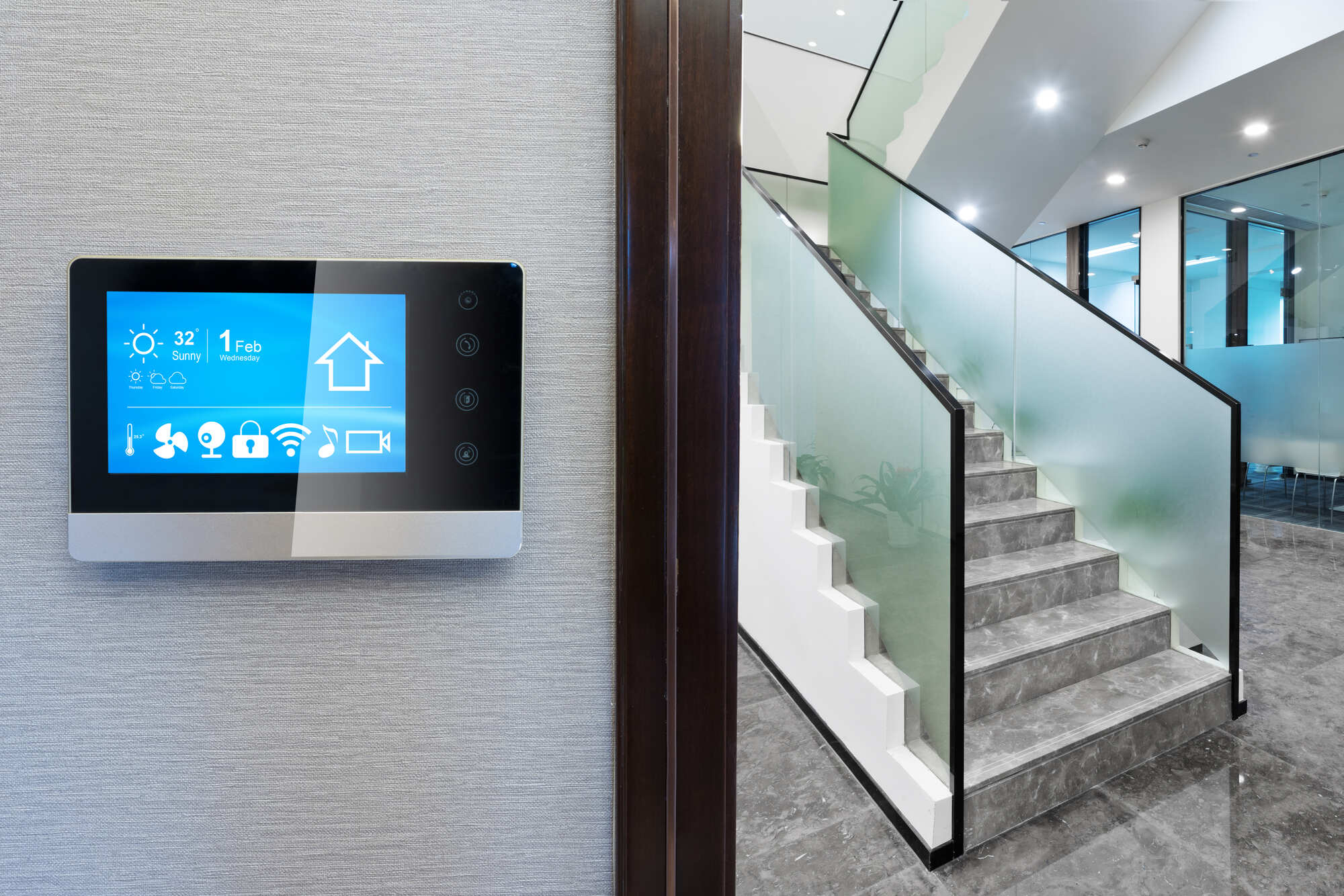
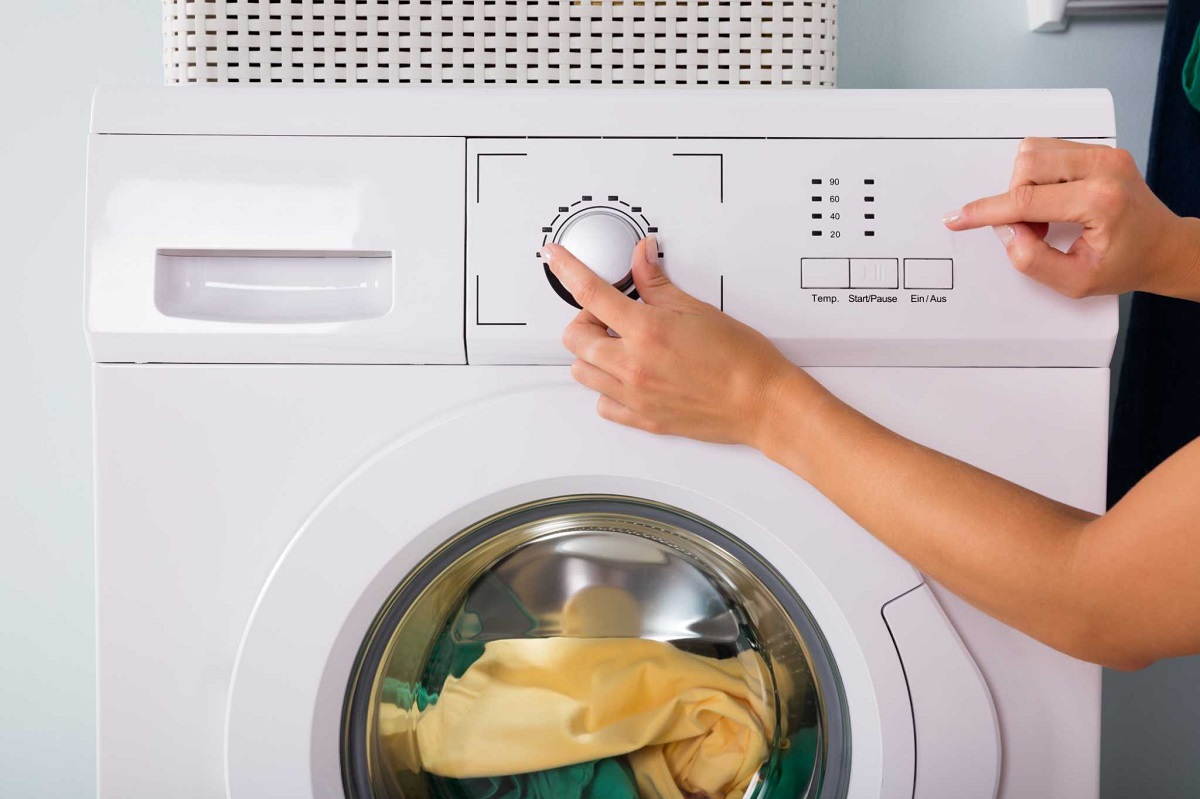
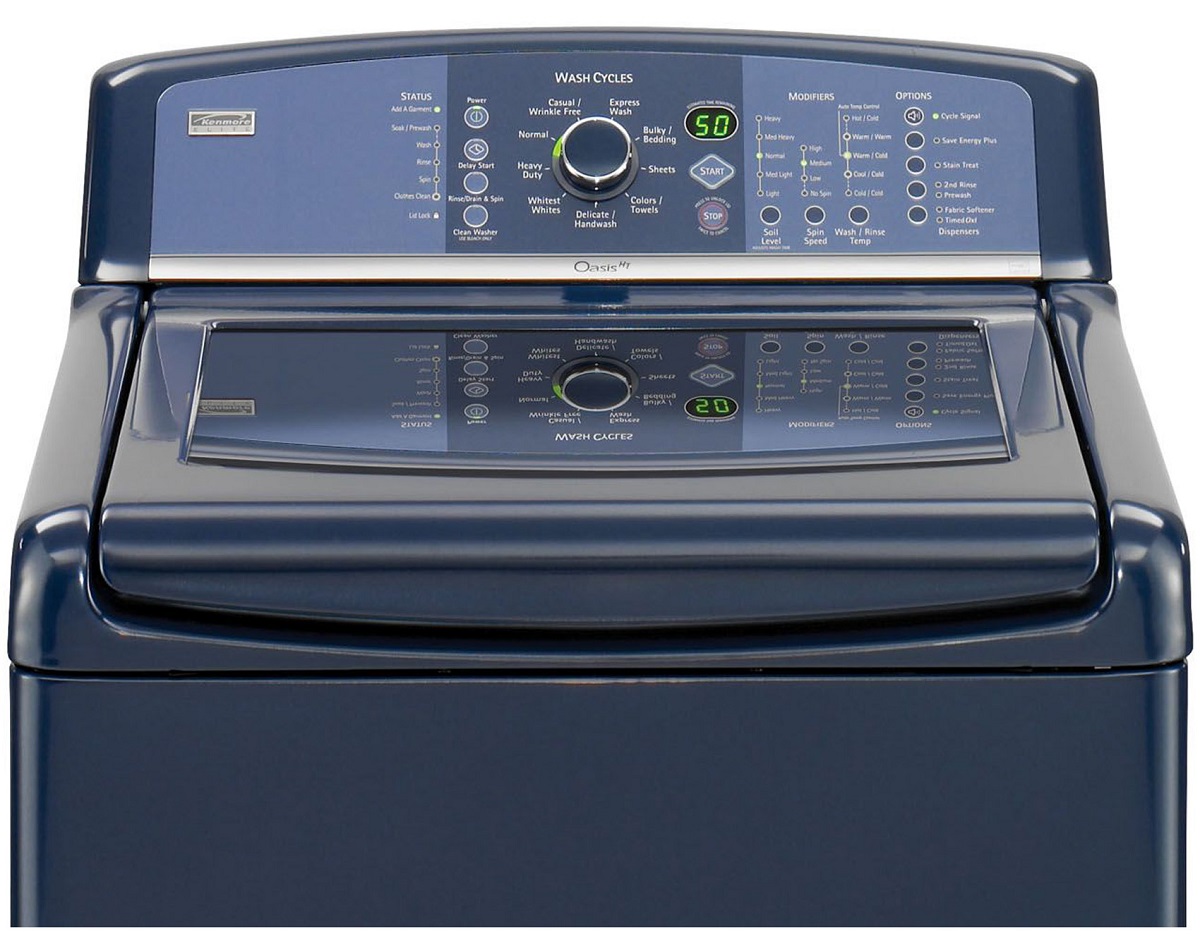
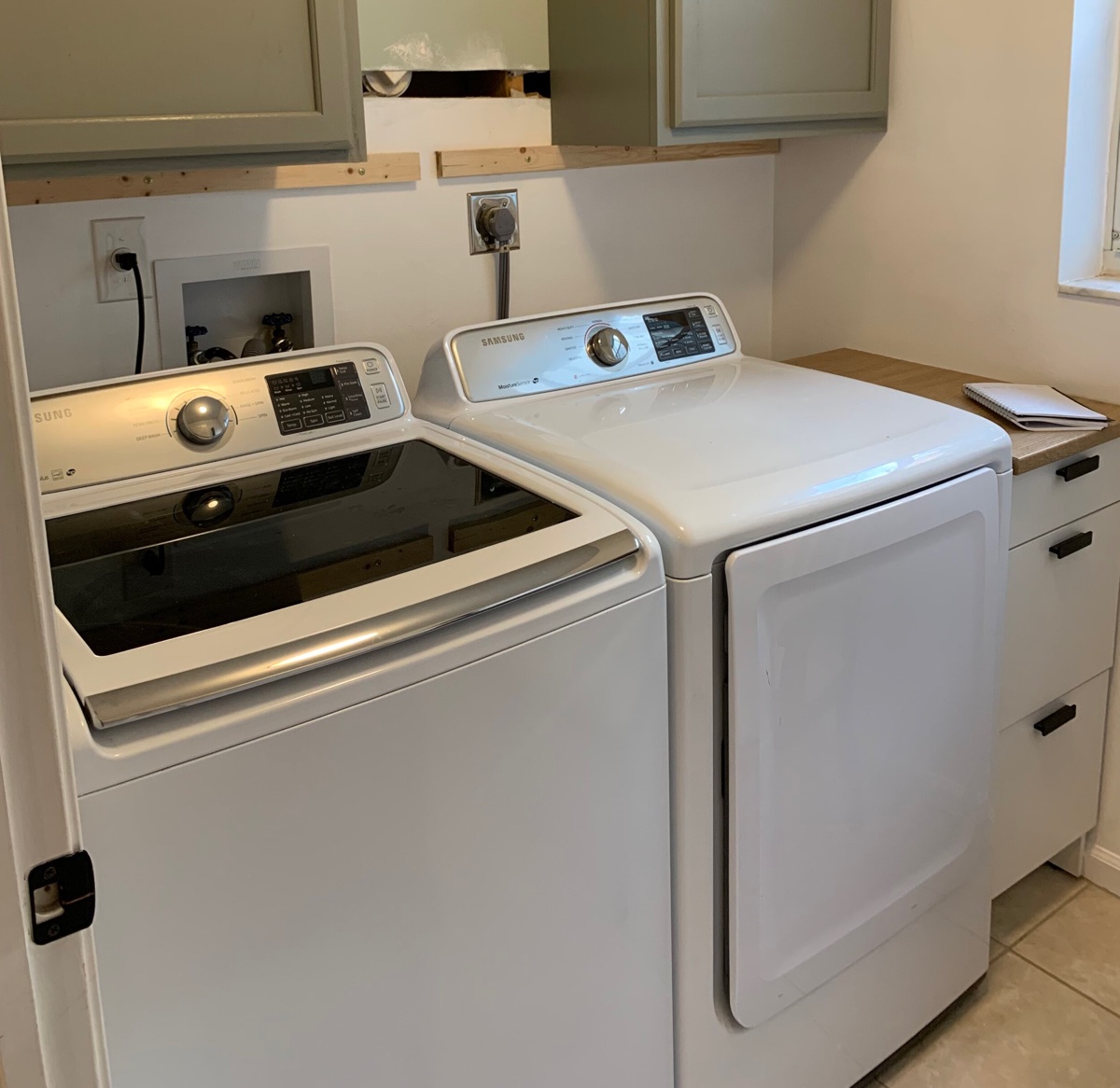
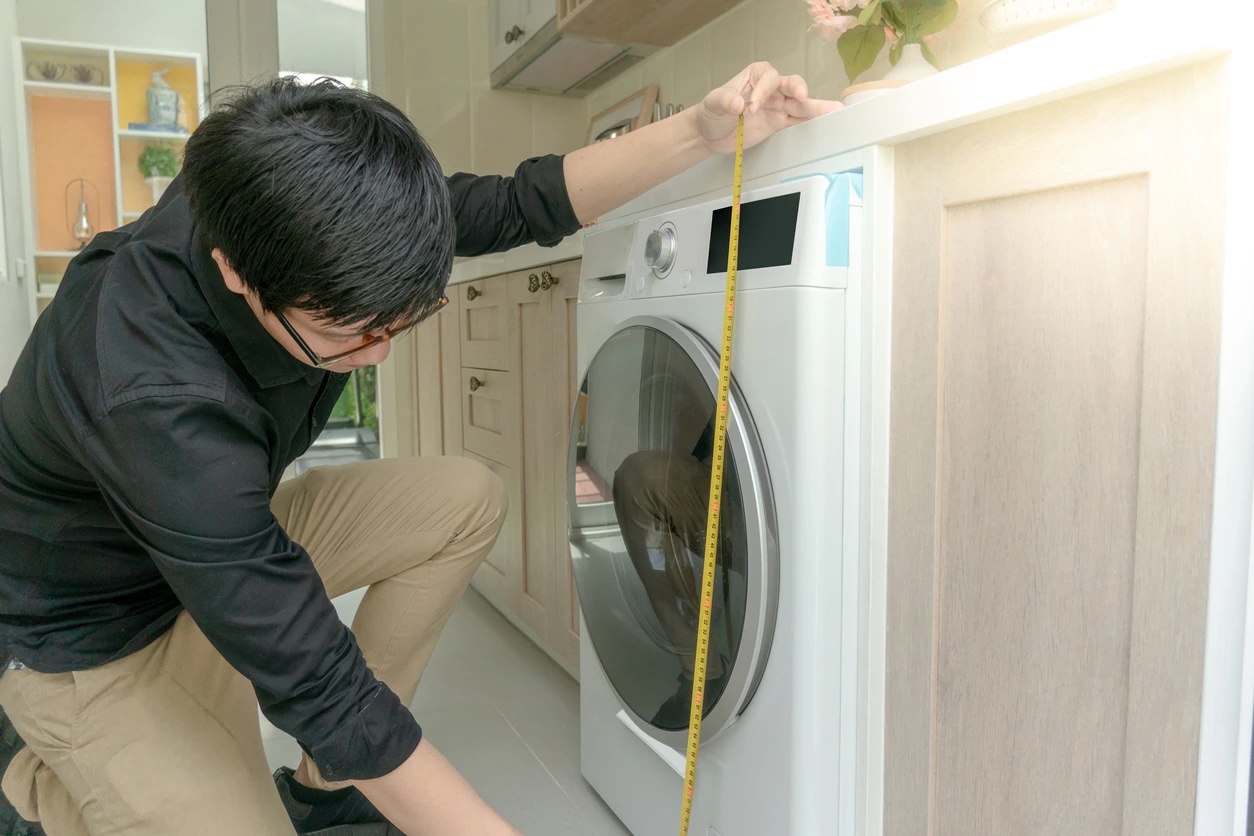
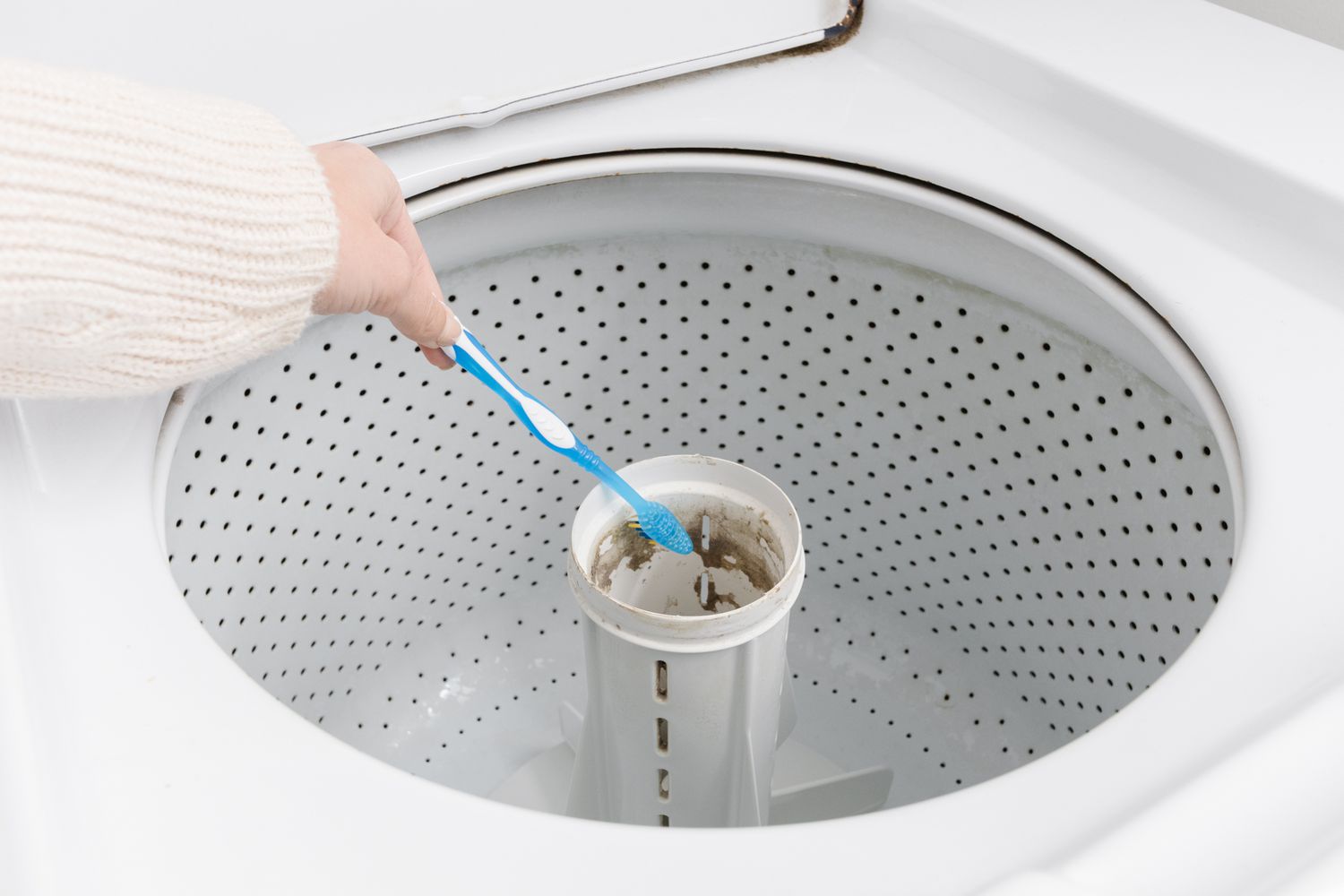

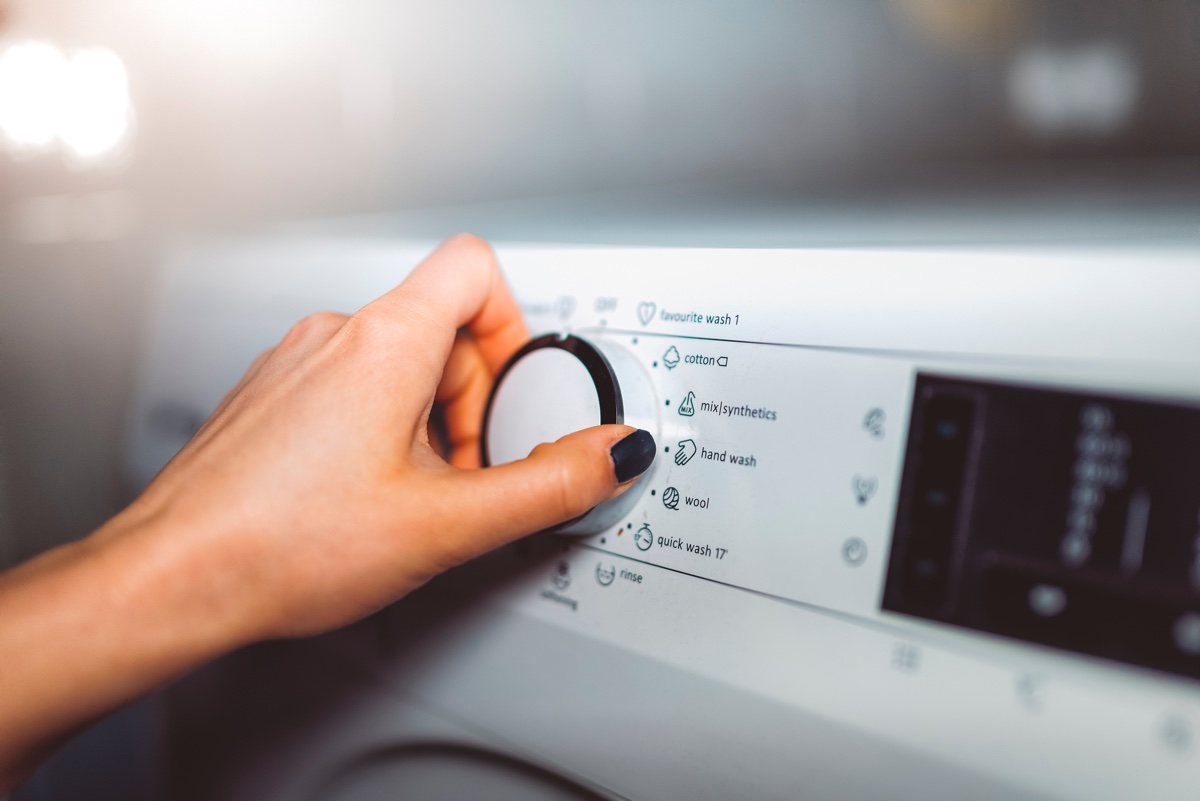

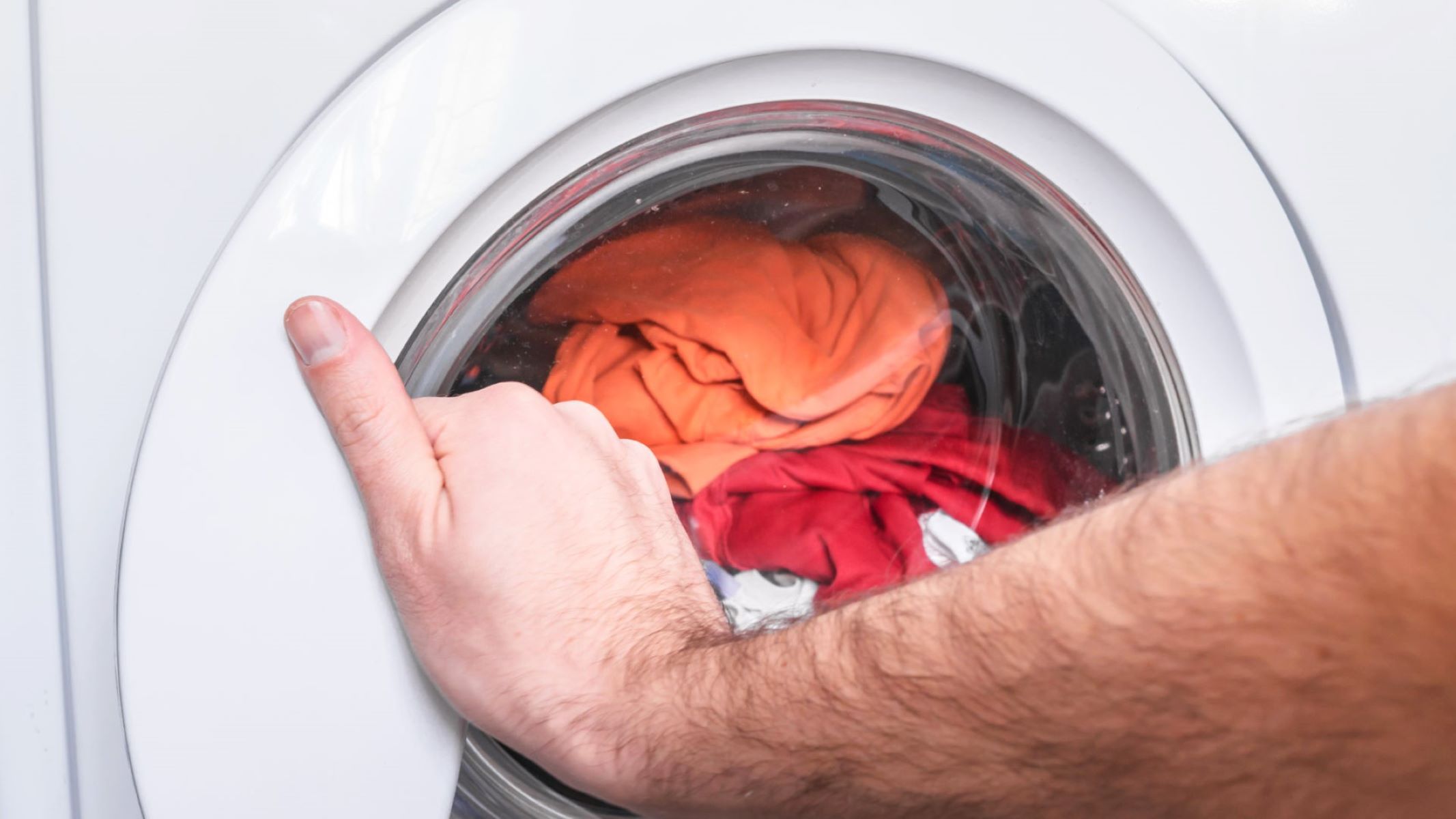

0 thoughts on “How To Move A Washing Machine Upstairs”